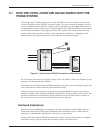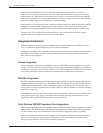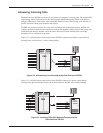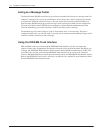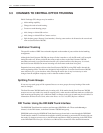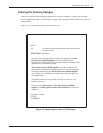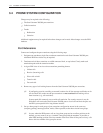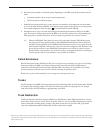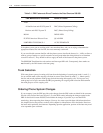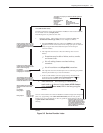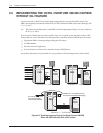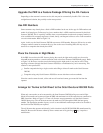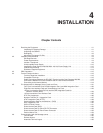
3-8
Installation and Maintenance
Volume
Octel Overture 200/300 Serenade 3.0
PB60014–01
3.4 PHONE
SYSTEM CONFIGURA
TION
Changes
may be required to the following:
-
The Octel Overture 200/300 port extensions
-
Called extensions
- Trunks
- Redirection
- Selection
Additional equipment may be required before these changes can be made. Most changes are to the PBX
database.
Port Extensions
Connect
and configure the port extensions using the following steps:
1.
Designate one touchtone, single-line, touchtone extension for each Octel Overture 200/300 port.
Additional PBX line circuits may be required.
2. T
erminate each of these extensions to a 66M connector block, or equivalent. Clearly mark each
termination point with the extension number
.
3.
Assign a PBX class of service to these extensions permitting them to
-
Initiate calls
-
Receive (incoming) calls
-
Place calls on hold
- T
ransfer calls
-
Forward calls
4.
Remove any type of call waiting features from the Octel Overture 200/300 port extensions.
.
If configuring ports for outcalling to network locations for of
f-site message notification or for
of
f-site alarm calls, make sure the port extensions are
not r
estricted
from making calls to
these locations (e.g., toll restriction).
System speed dial commonly can override toll restriction. For security reasons, it may be
desirable to toll restrict the Octel Overture 200/300 ports to local calls and have the ports use
the PBX system speed dial for long distance outcalls.
5.
Set up a hunt group for each group of port extensions configured to answer in the same way
(company greeting, intercept position, mode). Where possible, make these circular hunt groups.
.
In cases where the PBX queues calls to a busy hunt group and no overflow position can be
defined, you may want to set up a “terminal” hunt group with the attendant, if possible, or
other PBX intercept position as the last member of the hunt. When all the ports are busy
, calls
hunt to this last member of the group for answer
.




